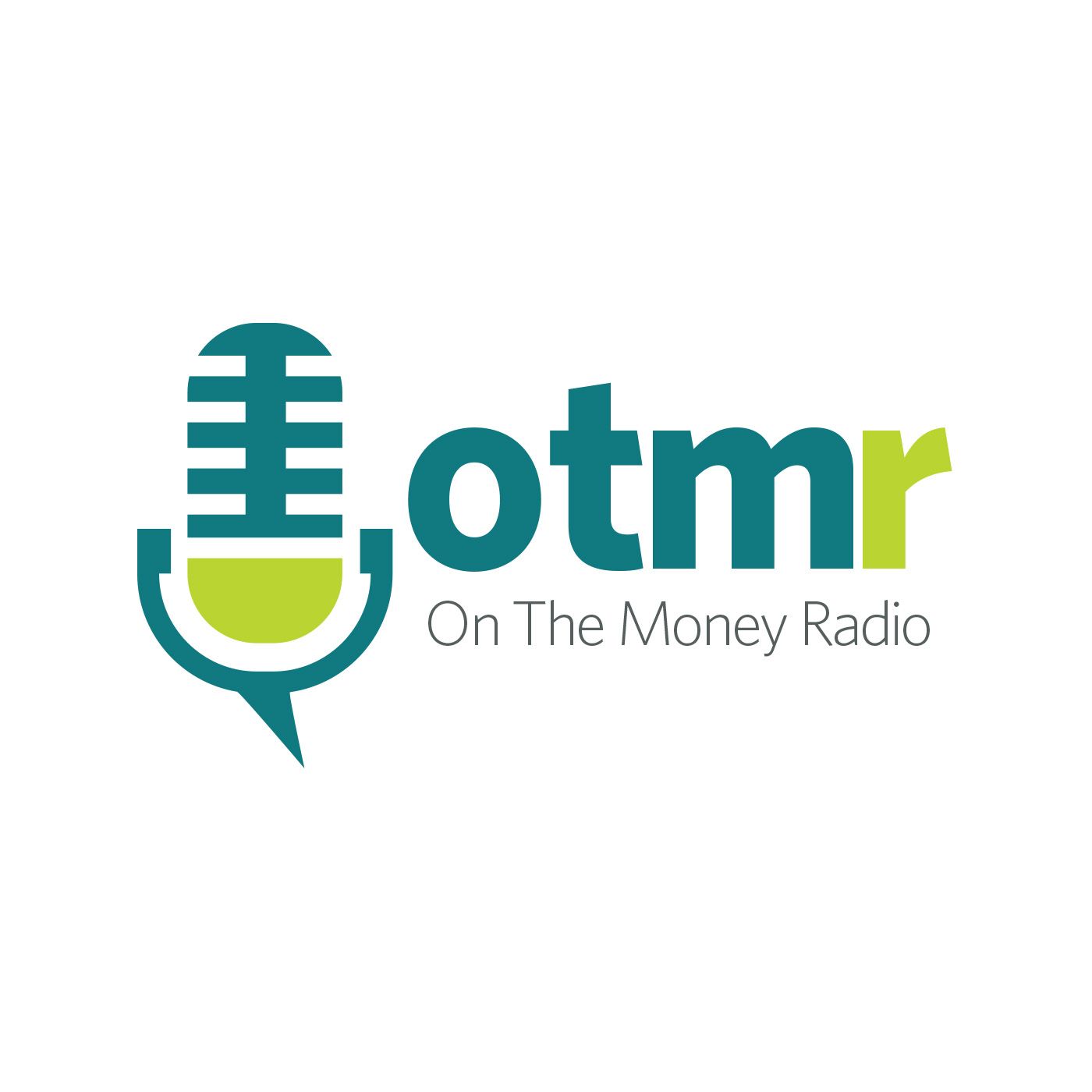5 Smart Year-End Financial Moves to Save More in 2016

b"2015 is almost drawing to a close, with the S&P 500 up just about 1% or so year-to-date \\u2013 it hasn\\u2019t been such a good year for stocks \\u2013 with a fair amount of volatility and a sharp drop in mid-August that sent markets reeling\\u2026 but, thankfully, markets recovered and were up a very solid 8.3% in the month of October alone\\u2026 but, as one of my guests (Sam Stovall, Managing Director of U.S. Equity Strategy at S&P Capital IQ) reminded me just last week, after the strong rally in October, don\\u2019t expect more than modest market gains in November and December, statistically speaking\\u2026 no one knows for sure, of course.
And with presidential elections due in November 2016, you\\u2019ll be happy to know that - since World War II - the S&P 500 has been up 6% on average in each election year\\u2026 so, with some luck, 2016 should look good for stocks\\u2026 and as goes January, so goes the rest of the year \\u2013 so all eyes will be on how markets perform in January 2016.
Here are five year-end financial moves that can improve your finances and increase the odds of your portfolio doing well in 2016
But without relying too much on the vagaries of the market, Bloomberg\\u2019s Suzanne Woolley has highlighted five year-end financial moves that can improve your finances and increase the odds of your portfolio doing well in 2016.
#1 Check your mix
So\\u2026 as I stated earlier, 2015\\u2019s been a pretty volatile year for the markets\\u2026 and this volatility could have messed up your portfolio mix. So before the year ends, I want you to take a careful look at your portfolio, 401(k) investments, etc. to see if they are aligned with your long-term investment goals. I also want you to carefully look at your target-date funds, if you have any \\u2013 these are funds that automatically rebalance your holdings between asset classes as you get closer to your retirement date \\u2013 and check to see if they are in need of any tweaking.
Now\\u2026 Why check something that's on autopilot, you might ask\\u2026 Well, first, because I am surprised by how many people just don't know how their target-date funds are invested and what they will likely deliver as they approach retirement. And, second, because I want you to understand the different fund types you hold to get a sense of your portfolio\\u2019s equity risk.
For example, T. Rowe Price\\u2019s 2025 Retirement fund has 71 percent invested in equities now, with 10 years until the date its holders plan to retire. Another fund - the Wells Fargo Advantage DJ 2025 fund - has 49 percent invested in equities and a shorter period to retirement. So make sure that the funds you hold are in-line with your anticipated retirement date, and proportionally hold the right amount of equities relative to debt.
The point is simply to know what you own and be comfortable with it, or adjust your holdings\\u2026 and not give in to panic if there's a big market drop that you fear could crimp the growth of your retirement assets.
#2 Lower your taxable income
Now\\u2019s also the time to complete all your tax-deductible items\\u2026 So if you\\u2019re inclined to philanthropy, now is a good time to complete your charitable givings \\u2013 which must be done by December 31 so you can take those as deductions on your 2015 taxes\\u2026 and make sure you keep your receipts, just in case you\\u2019re audited.
If you have kids and live in a state that allows tax credits or deductions for 529-fund contributions, be sure to contribute by yearend. I believe 34 states and the District of Columbia offer full or partial deductions.
You should also consider donating or gifting appreciated assets such as stocks, real estate and mutual funds \\u2013 to avoid paying hefty capital gains taxes. For example, let\\u2019s say you want to donate $20,000 to your alma mater\\u2026 and say you just happen to have a mutual fund that\\u2019s now worth $20,000 that you bought ages ago for $5,000. Your one option is to sell the fund, pay taxes on the $15,"